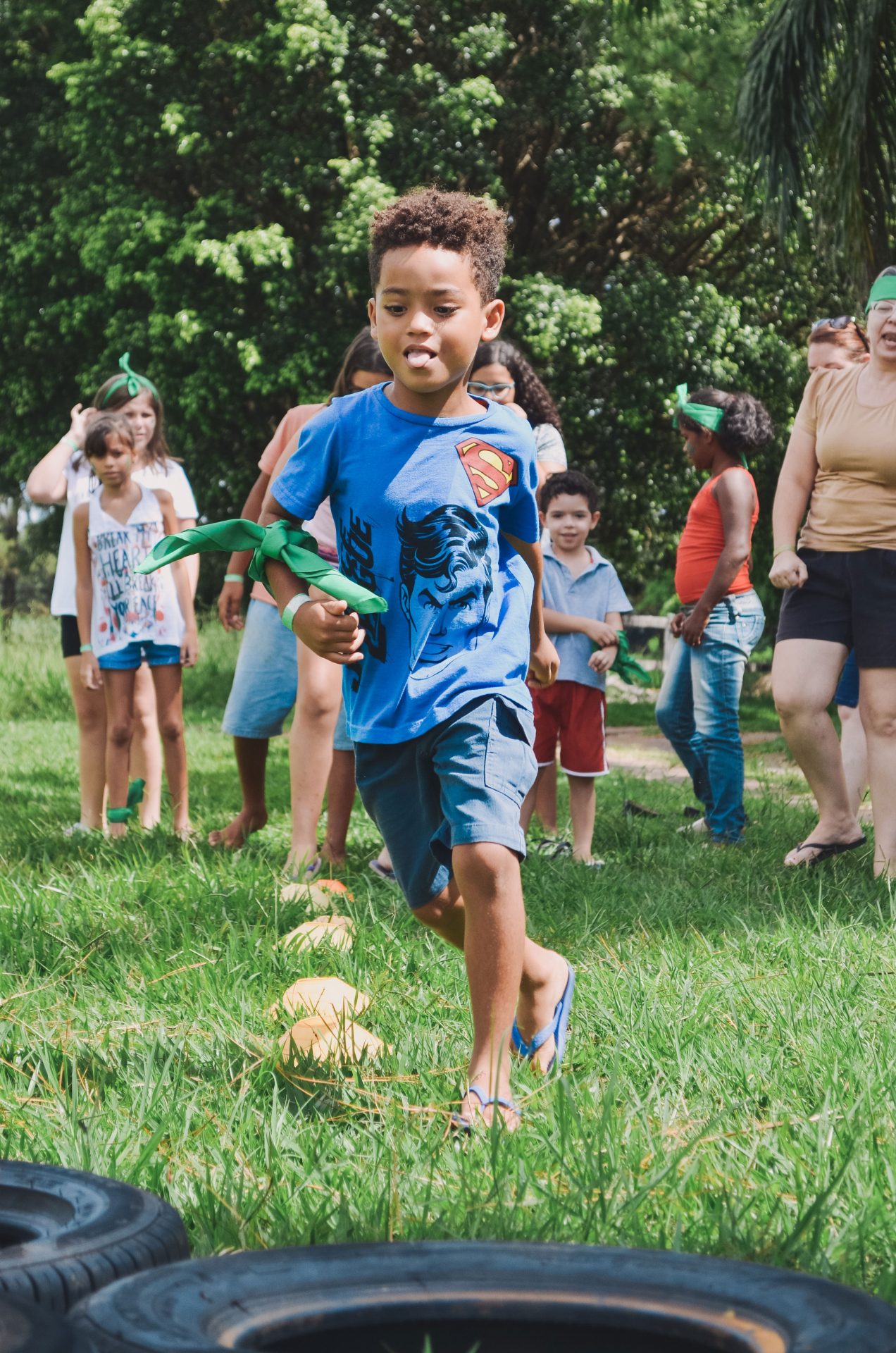
Immediately after the last presidential election, and for four days after, I received telephone calls, had in-office sessions and was asked to speak at forums regarding concerns about our political state. Often, I was asked, “How am I going to explain this to my children?” While speaking with one group, I asked “How old is your daughter?” “Five’” she said with fear and deep-seated love. “Do you generally speak with her about politics?” “No. Never”
Recently, parenting has included the address of topics we believe are reserved for adults. Politics creating overt social conflict, predators in cyberspace and escalated school-based violence, such as school shootings. These are not in the parenting handbook. Actually, there is no universal parenting handbook.
I recall being in fifth grade in a new school, already feeling out of my element. The teacher led the class through safety strategies in the case of bombing. Although I knew it made no sense for a bomb to be dropped on our elementary school by a fighter plane, I trusted my teacher. We all understood that fitting our entire bodies under our metal framed desks would help us stay safe. I figured this would help us from getting hit by a falling ceiling and debris. I worried about the bigger kids who may not be able to hide underneath their desks. When directed, we all worked to get out and up, sat in our chairs, nothing else was said and the school day continued. I often think back to that day, as it was confusing and irrelevant to my perception of schools, teachers and principals and the physics (there was only a desk top over our heads). I still think if that experience when contacted to address school shootings, lock-downs and how to effectively discuss the issue.
The increase of school-based violence, especially shootings, has caused the topic to become a part of the school/community fabric. Fear-filled concerns about how to speak with our children about managing crisis, understanding how to function within a combative environment and remain safe during violent threats ruminate in the air. How do we speak with our children to keep them safe while they spend approximately 3060 hours of their lives within school? As portrayed in the initial story about parenting and politics, speaking to children is often, and inadvertently, based upon how we feel. Although we believe that we are completely focused upon the needs of our child, we forget that our emotional concerns tend to loom over the discussion. We are seeing and thinking through our lens and can mistakenly blow pass the developmental position that our child is in. This is grown up stuff and we may include content as if they are little adults. They are listening and saying that they understand but their beautiful little brains do not think like a fully developed adult brain. They may be able to repeat what you have explained, but they may have not processed the information in a way that you would think as the material is unrelatable.
Ironically, I received a call yesterday from a parent whose 11-year old daughter was terrified to begin her first day of middle school. She spoke through shaky words, small gasps and tears. “I am afraid. Someone can come in shooting.” She told me that she has heard about school shootings too often. I told her that I was so glad she was brave enough to talk about this and that her feelings made sense, giving her recognition and some control. To make the discussion less scary and relatable, I asked her if she had ever eaten bad food. “Yes, I even had food poisoning.” I asked if she was going to stop eating because she has one bad meal. “No, of course not.” During our talk, I asked her to describe what the first day of school has always been like. She spoke confidentially about seeing friends and having new teachers. She said that she doesn’t want to be bombarded with information about school shootings. This information is too scary. She doesn’t watch scary movies because she doesn’t like to be scared. She wants to be with her friends and do the things that you do in school. She went to school today. It was a great day. She went with a smile, looking forward to seeing her friends and starting middle school. Why? Because we had a relatable discussion. She understands that school shootings are real, there will be drills and hopefully, that will be it. If not, she will listen to the emergency response direction and follow them if necessary.
Don’t Avoid the topic:
Avoiding the discussion only increases anxiety. You will spend time worrying about what to say and how to say it. Meanwhile, your child will experience school-based discussions, drills and if necessary, actual lockdown procedures and emergency response plans. Take the time to talk to your child, no matter their age. They look to you for control and safety. Whether in a sticky social circumstance or in the moment of crisis, their fear will be partially quelled by your insight, sound words, love and confidence in them.
You know how your child learns best and what their personalities are like. You also know how to explain procedures to them. (You potty trained them and taught them how to eat with a fork.) Keep the instructions and discussion simple, but not so simple that you gloss over important details that they can understand. Also, do not speak to them with “lingo”, acronyms or codes that they may not understand. If you say “lockdown” they may think they will be locked up somewhere making them vulnerable and alone. You can also ask the school about the drills to help you explain the process they will experience. Albeit factual, you are telling a story. No matter our age, we can follow and remember a story. Remember, they interpret the story according to how they perceive things developmentally and experientially.
Developmentally Speaking…
Kindergarten – 3rd grade: (Ages 5 – 8) I do well telling and hearing stories that are relatable and relevant to what I have experienced. I am learning about who I am, how I relate to others and fit in. My mind is filled with imagination, I understand symbolism and grasp that there is a past and a future. I need regular assurance, acceptance and do well with your positive direction.
4th grade – 5th grade: (Ages 9 – 10) I am more aware of social dynamics and complications. I understand external events and am no longer solely focused on my needs. I understand that other people have feelings and that opinions differ. This is also where boys and girls pair off to their peer groups, and unlike years prior, the boys continue to actively play on the playground while girls tend to gather in friend groups and chat. I need to be validated and gently directed to help me see how and where I belong.
6th grade – 8th grade: (Ages 11 – 13) I am grown up and I am not grown up. I am using logic to solve problems. I am going through puberty; my hormones are all over the place and I can be more sensitive than may seem reasonable. My self-sufficiency is growing, and I understand that life is changing. I want to be accepted and am beginning to establish my greater sense.
9th – 12th grade: (Ages 14 – 18) I regularly increase my use and understanding of logic and problem solving. I understand how to manage uncomfortable situations and as I move through adolescence, balance black and white thinking with abstract thoughts. This helps me to consider new thoughts and solve problems. As my logic grows, I challenge the ideals of others and often get caught in the emotions of group thinking. I am working on my independence but still deeply rely upon the guidance of trusted adults, role models and parents.
College years: I am moving into adulthood. My concerns turn to increasing my education, life experience, understanding of how the world works and my place within it. I am challenged by new hormonal shifts, seeing how I fit into a bigger world and the strain that accompanies achievement. At the same time, I struggle with becoming independent and releasing the simplicity of childhood. I am confident but find myself afraid as I do not know everything. I may seem very mature but do not forget, I look to you to simplify complex problems and believe that your insight makes my life stable.
Ultimately….
Stories with details need to be age appropriate. For instance, reading Moby Dick as a bedtime story to a 5-year-old will probably not work so well. They cannot relate to the language and although they can understand the greater concept, they would need a lot of explanation to make the story make sense. Keep it age appropriate. In your discussion, you can add material like this:
Your school is filled with so many great people. We never really think about this, but your teachers, principle, etc. work so hard all year to educate you and help you become the best person you can be. Remember when (add an example to recall a relevant memory that is a pleasure to discuss). They chose to make this their career because they care and want to be there to teach you school lessons that include how to keep yourself safe in life, like if there is a problem in school, like a fire or if someone does something to hurt other people. Be sure to ask open-ended questions such as, “So, what do you think about…?” to be sure that you can hear their thoughts and provide them with confident and considerate answers. These discussions may be very short – don’t push it. You will know when your child has gotten the point and talked about this enough. You will see it in their eyes and body language. You know your child best. You can also revisit it again later.
Allyson Maida, LCSW
Psychotherapist,
Allyson Maida, LCSW is a psychotherapist, entrepreneur, author and speaker located in Westport, Connecticut. Additionally, she is an Adjunct Professor at St. John’s University in New York where she teaches criminal justice courses. Thirty years of experience helps her to write innovative, educational and thought provoking articles to overcome life’s challenges. She can be reached at [email protected].

